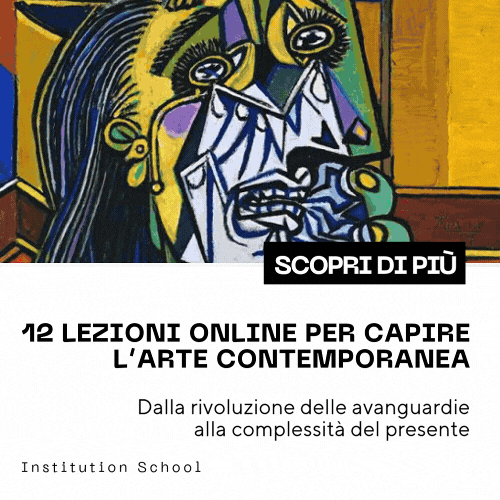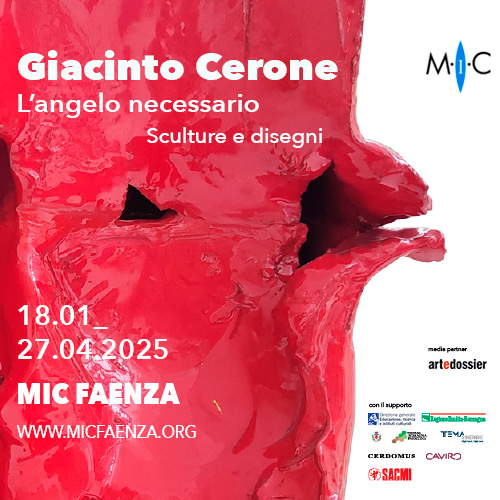Patrizia Asproni: Out-of-control tourism in Florence. Solutions? There are no magic formulas
On an almost daily basis, a post from her personal Facebook profile points out everything that is wrong with her Florence: Patrizia Asproni, former president of the Marino Marini Museum Foundation in Florence, and secretary of the Friends of the Uffizi Association, reports on social media what she thinks is wrong with Florence, as a citizen, with critical sense and civic engagement. Of Sardinian descent, Tuscany is her adopted homeland, Florence the city where she resides, a stone’s throw from the Duomo in the historic center. Her main accusations are against an “invading” and homogenized tourism that “is changing the face of the city.” Claiming a change of course that can no longer be postponed, he offers no solutions, but appeals to institutions to seek them.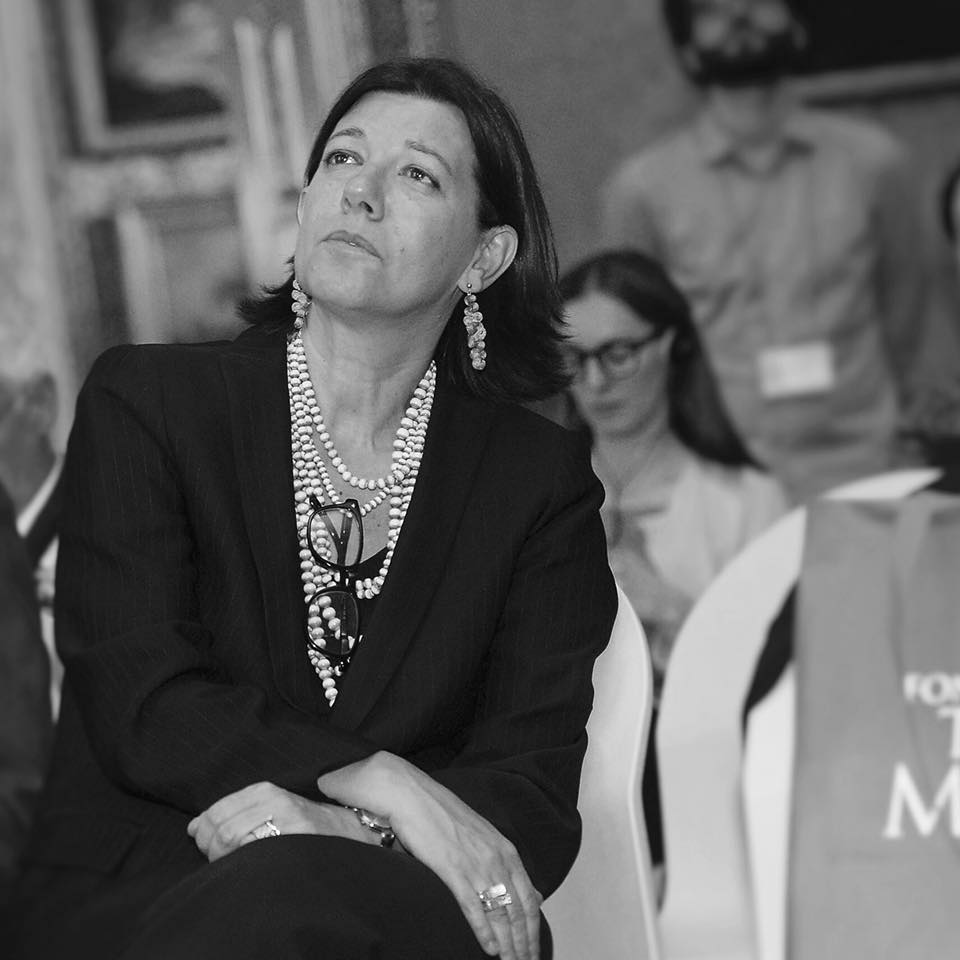
LV. Asproni, today Florence welcomes a tourist model that is profoundly changing the face and livability of the historic center: more and more bed and breakfasts, bars and restaurants of all kinds, problems related to waste disposal and the difficulty of keeping some areas pleasant for those who live there. A model that many do not like but makes many money, is it still possible to change course? And if so how?
PA. The real problem is that we are in the presence of tourism that is absolutely out of control, which denounces the absence of an idea of the city in which we would like to live as inhabitants. We have to face profound and sudden changes generated by a globalization that is now pervasive and increasingly complex. This is why we should ask ourselves: what city do we want Florence to become? We should start with this basic question in order to then proceed with the best strategy to adopt, otherwise we will be forced to suffer unguided tourism, with the consequences that are now unfortunately before everyone’s eyes. We need to start by asking ourselves first what is the carrying capacity of a city and thus to what extent tourism is a revenue and not a cost. Today it is clear that with this kind of tourism the revenues belong to the few and the costs instead weigh on the citizenry.
In your opinion, is Florence’s economy able to forego the 14 to 15 million tourists who flock to the city annually?
Beyond the bombastic numbers that are squawked every day in the media, we do not have data that are not “ad usum delphini,” we do not have data delivered in real time , which is now essential to intercept changes before they turn into problems. Here, it would be enlightening to have true and objective data that would prove the storytelling that points to this tourism as a positive factor for the city, that would confirm that Florence can afford all these masses or on the contrary tell us whether this overtourism collides with environmental sustainability, street cleaning and waste management, the resilience of services to the residence , the survival of neighborhood activities and crafts, culture for citizens. Look, I’ll give a practical and very “basic” example: homes in the city’s historic center have a cesspool sewer system for which tanker trucks have to intervene to empty them. Until recently, this systemic and costly operation for residents took place once a year. Today, with the gutting of apartments that have exponentially multiplied the rooms for B&B activities, the service has to be carried out as many as 3 times a year with a cost burden on residents who do not own B&Bs. Would you like another example? Have we quantified the burden of all these presences and their mobility on the maintenance of the streets of a city of medieval , ancient and delicate layout? How has this changed the daily lives of residents, who not surprisingly are fewer and fewer, who until not so long ago could enjoy a city with neighborhood services within a 15-minute walk? While in Paris the mayor is launching, precisely, the “15-minute city” against gentrification, we are erasing our advantage to hand the city over to all-same mangers and chinoiserie of all sorts.
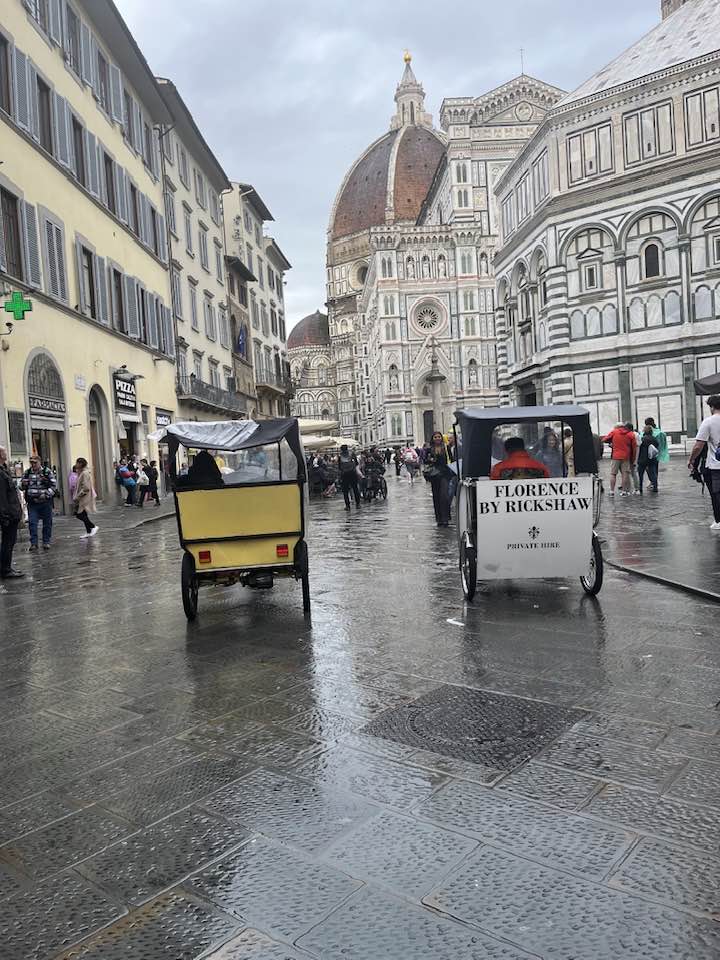
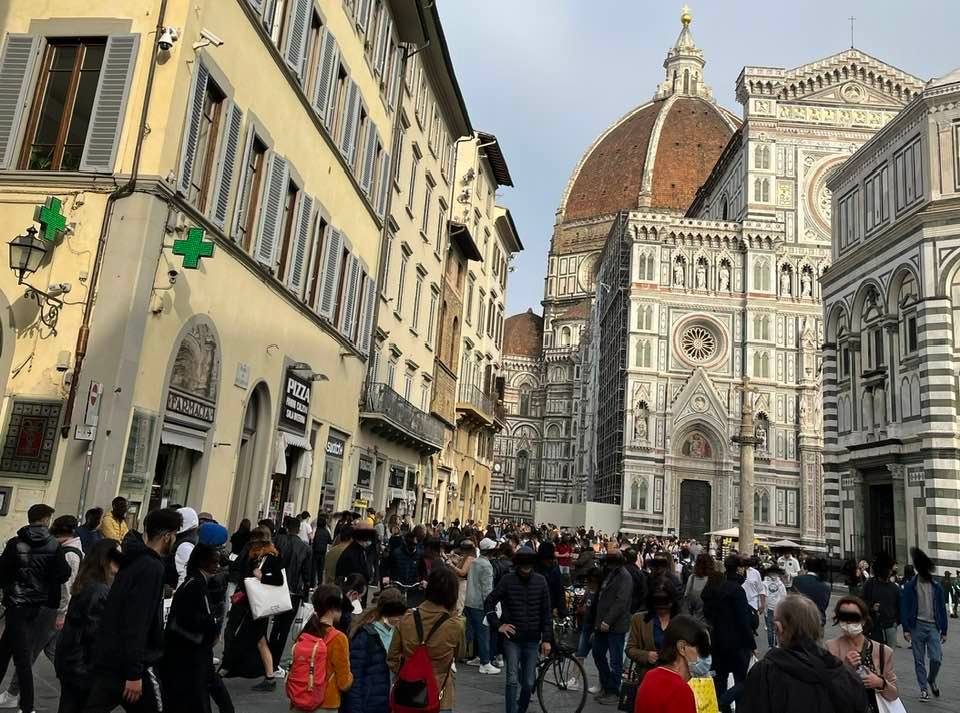
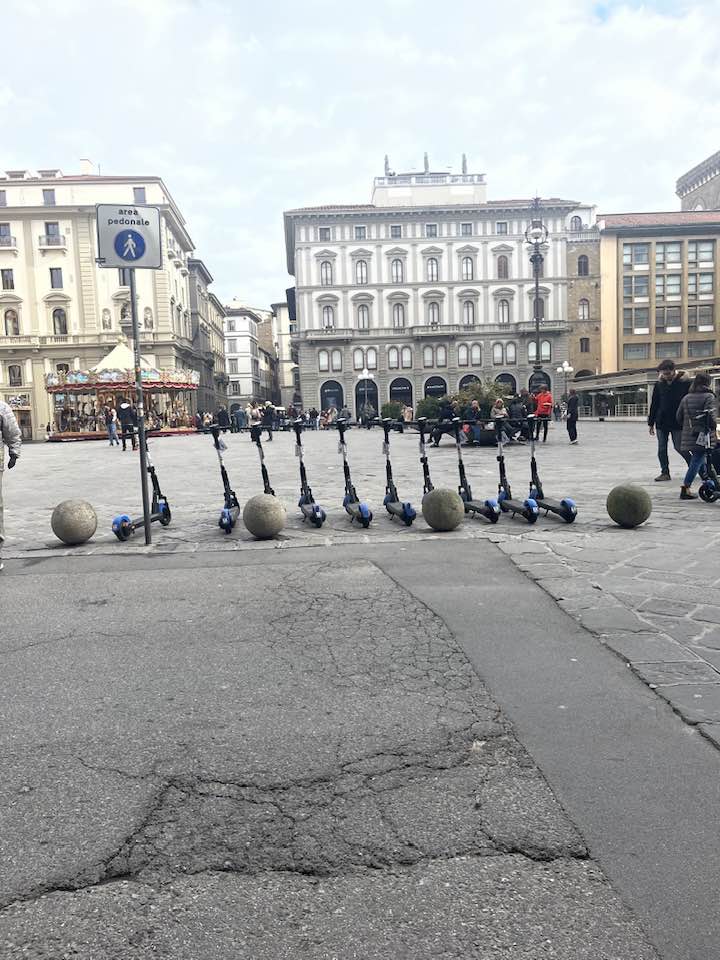
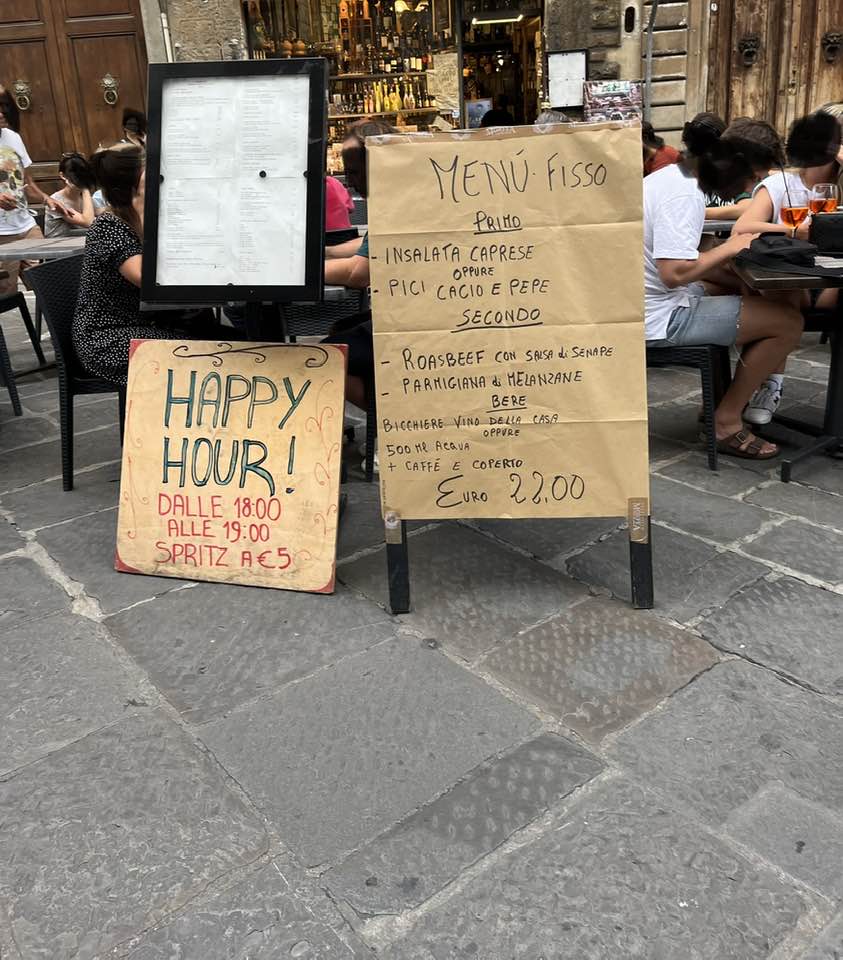
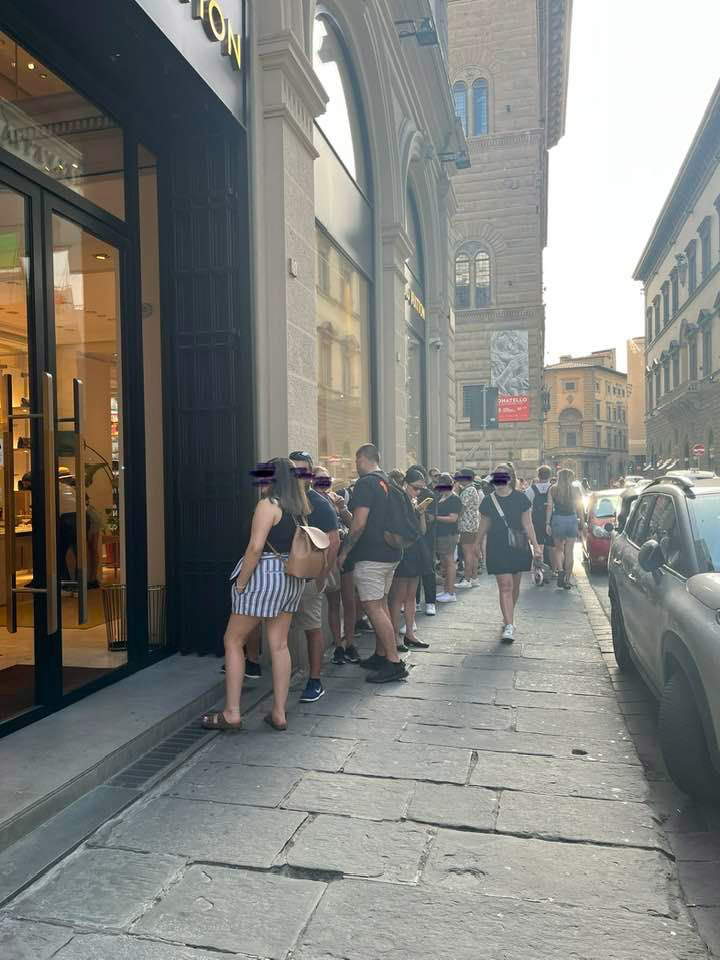
This is happening everywhere. How is it possible to select tourism? Are there legislative tools or municipal regulations to be able to do this?
Before adopting laws or regulations, we must have the courage to make a strategic decision: Florence has the dimensional characteristics to be a city in which to experiment with pilot projects that can be “scalable.” The city is a microcosm in which the Renaissance coexists with the contemporary. This is the model that has distinguished our country, that being “human centered” that has always been our hallmark, the one that makes us a favorite destination for quality of life. Today all these characteristics are being lost, and the city is experiencing a homogenization with the loss of the genius loci, and of artisanal wisdom, with mangers replacing gastronomic typicality to adapt to the tastes of the tourist (the horror of pasta eaten with cappuccino!). But if we become the same as everyone else , if we lower the level of proposals , why should quality tourism choose us?
His Facebook profile is full of criticism: first the helicopters flying around the dome of the Duomo; then the initiative of Destination Florence that proposed a gastronomic tour with a skip-the-line ticket; in recent days the hot air balloon ride. Do you propose two projects that are feasible immediately, or within a short time, under the given conditions and with current regulations, that could change the city of Florence for the better?
More than criticisms are cahiers de doléances. I have flagged these initiatives because they have clearly slipped through the cracks. The flyover of historic centers is limited by law to rescue or police activities. As can be easily understood, other overflights are prohibited for reasons of safety and environmental and noise pollution. Helicopters, small planes and then hot air balloons, flying over the city for sightseeing tours passing over the cathedral dome, are a danger not only to monuments but could inspire dangerous acts. Fortunately, even in this case, as in that of the food tour with the “skip the line” sandwich vendor, the administration intervened. But something continues to elude restrictions and controls. Let us hope that we will not have to resort to remedies after the fact.
What solutions would you propose to the city administration for tourism other than the one you criticize?
Approximations and the vice of “annunciation” should be avoided. There are no magic formulas, but in the meantime one could compare oneself operationally with cities that are visualizing similar problems in order to borrow the best practices adopted. Many of them have addressed the problem of “revenge tourism” with determined and effective initiatives that have yielded codified positive results. Barcelona, Amsterdam, and Vienna have imposed a series of rules to diciplinare flows and contain their negative effects: from the hours imposed on clubs against malamovida to the limitation in the tables and dehors and the consumption of alcohol on the street , from the tightening of penalties to information and educational campaigns. Simple, and clear rules that are strictly enforced. Also, to avoid empty initiatives , make use of predictive models developed with the help of Artificial Intelligence. I would add that we need to do this quickly. The suffering of residents is in danger of becoming irrepressible, evidenced by the exasperated multiplication of committees that convey citizen protest, and this, in a city of 300,000, is a strong sign of a crisis of governance.
Warning: the translation into English of the original Italian article was created using automatic tools. We undertake to review all articles, but we do not guarantee the total absence of inaccuracies in the translation due to the program. You can find the original by clicking on the ITA button. If you find any mistake,please contact us.






